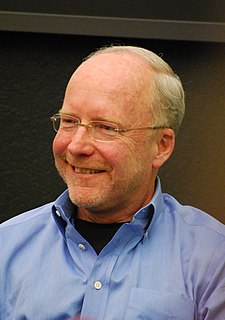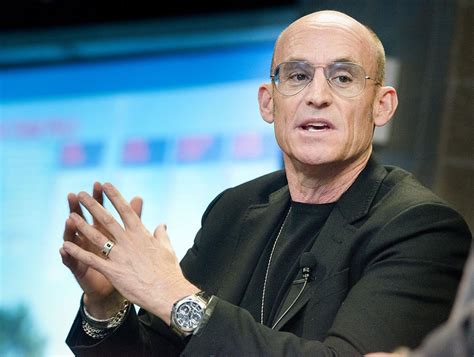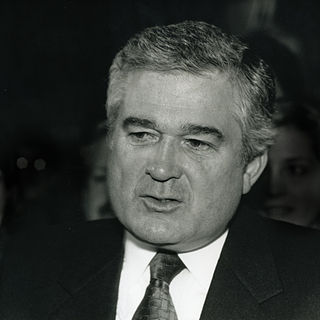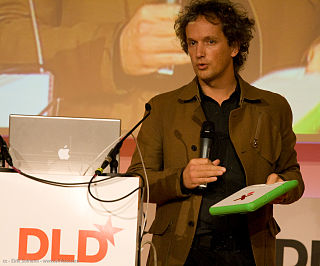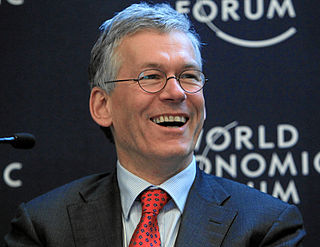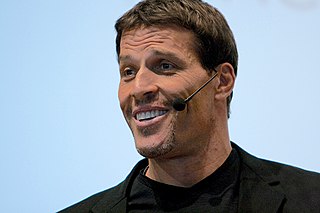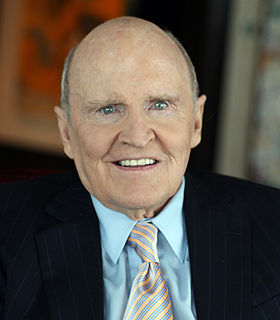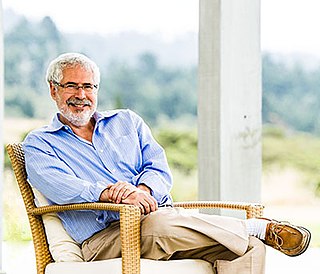A Quote by John Hagel III
For most western executives, innovation is about breakthrough technology or innovation. If it's not breakthrough, it's not interesting, and it's all about technology and products.
Quote Topics
Related Quotes
Setting an aggressive enough carbon-reduction goal will result in an appropriate price for carbon and will help many a renewable technology. Consumer education will help. Most importantly, though, will be the continually declining cost trajectory of the real breakthrough in clean-technology costs driven by research and innovation. In the end, private capital is the real barometer of change.
Generally, the technology that enables disruption is developed in the companies that are the practitioners of the original technology. That's where the understanding of the technology first comes together. They usually can't commercialize the technology because they have to couple it with the business model innovation, and because they tend to try to take all of their technologies to market through their original business model, somebody else just picks up the technology and changes the world through the business model innovation.
Scheduled shipping is one of many inventions that has made New York a global capital of innovation and creativity - from Willis Carrier's invention of air conditioning in Buffalo and George Eastman's breakthrough film technology in Rochester to the rise of hip-hop in the South Bronx and the world's first cell phone call in Midtown Manhattan.
I always tell people there's nothing greater than a crisis to create a breakthrough. Because that's when we breakthrough usually - most people don't proactively breakthrough - they breakthrough because they have to. And the beauty of crisis is it doesn't feel beautiful, is it melts us down. And when you're melted down you can recast your life in a new way.
Innovation is not a big breakthrough invention every time. Innovation is a constant thing. But if you don't have an innovative company [team], coming to work everyday to find a better way, you don't have a company[team]. You're getting ready to die on the vine. You're always looking for the next innovation, the next niche, the next product improvement, the next service improvement. But always trying to get better.
The personal computer was a disruptive innovation relative to the mainframe because it enabled even a poor fool like me to have a computer and use it, and it was enabled by the development of the micro processor. The micro processor made it so simple to design and build a computer that IB could throw in together in a garage. And so, you have that simplifying technology as a part of every disruptive innovation. It then becomes an innovation when the technology is embedded in a different business model that can take the simplified solution to the market in a cost-effective way.
